Line Scan Hyperspectral Camera (220nm-4.2um)
| Compare |
Model |
|
Drawings & Specs |
Availability |
Reference Price
(USD) |
|
|
|
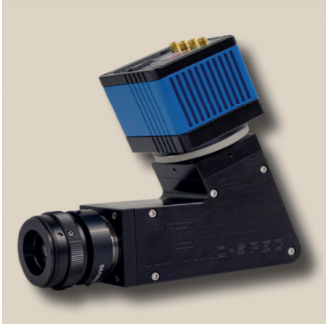 |
BlueEye UV STD (220 – 380 nm)
Wavelength Range 220 – 380 nm , Passive cooling, 2048 x 2048 Pixel, 40FPS, Spectral Resolution <2nm
|
|
6 - 10 Weeks |
Request for quote |
|
|
|
 |
BlueEye UV TEC (220 – 380 nm)
Wavelength Range 220 – 380 nm , TEC cooling -25 degrees, 2048 x 2048 Pixel, 40FPS, Spectral Resolution <2nm
|
|
6 - 10 Weeks |
Request for quote |
|
|
|
 |
BlueEye UV Scientific (220 – 380 nm)
Wavelength Range 220 – 380 nm , 4XTEC cooling -100 degrees, 1056 x 1027 Pixel, 5FPS, Spectral Resolution <1nm
|
|
6 - 10 Weeks |
Request for quote |
|
|
|
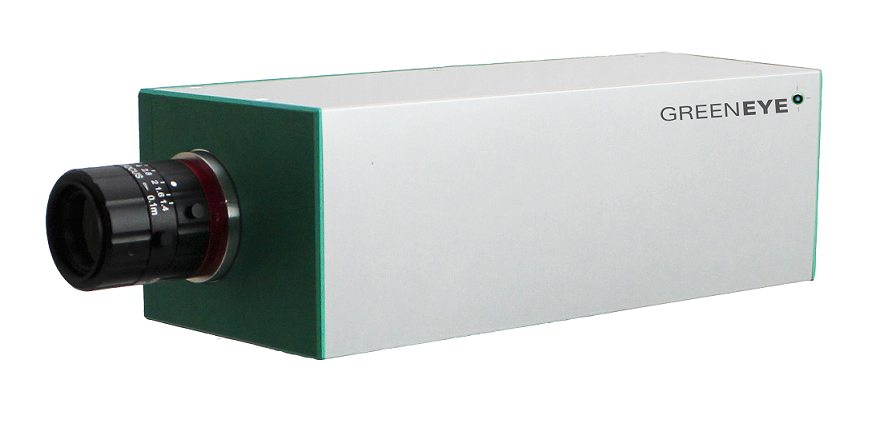 |
GreenEye Hyperspectral Camera (400-1000nm)
Wavelength Range 400-1000nm 1312 x 1082 Pixel, up to 54 FPS, Spectral Resolution 10 nm
|
|
4-6 Weeks |
Request for quote |
|
|
|
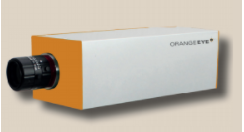 |
OrangeEye Hyperspectral Camera (580-1000nm)
Wavelength Range 580-1000nm 1312 x 1082 Pixel, up to 54 FPS, Spectral Resolution 10 nm
|
|
4-6 Weeks |
Request for quote |
|
|
|
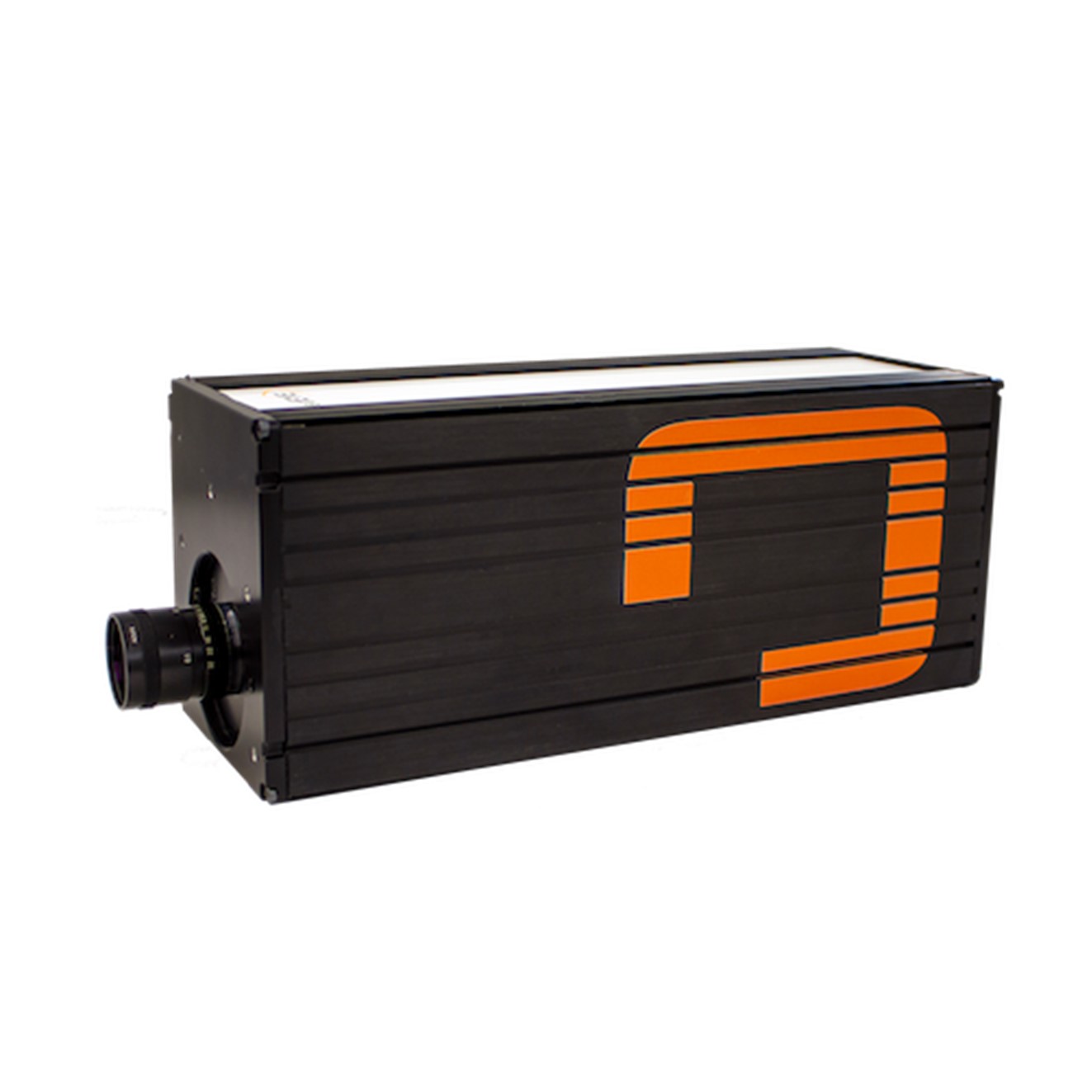 |
NIR Hyperspectral Camera STD (950 to 1700nm)
Wavelength Range 950 to 1700 nm, 320 x 256 Pixel, up to 4200 FPS, Spectral Resolution 10 nm
|
|
4-6 Weeks |
Request for quote |
|
|
|
 |
NIR Hyperspectral Camera HiRes (950 to 1700nm)
Wavelength Range 950 to 1700 nm, 640 x 512 Pixel, up to 4200 FPS, Spectral Resolution 10 nm
|
|
4-6 Weeks |
Request for quote |
|
|
|
 |
NIR Hyperspectral Camera RGB (950 to 1700nm)
Wavelength Range 950 to 1700 nm, 320 x 256 Pixel, up to 4200 FPS, Spectral Resolution 10 nm, Additional RGB information in the same beam path
|
|
4-6 Weeks |
Request for quote |
|
|
|
 |
NIR Hyperspectral Camera EXT (1200 to 2200nm)
Wavelength Range 1200 to 2200nm, 320 x 256 Pixel, up to 3300 FPS, Spectral Resolution 13 nm
|
|
4-6 Weeks |
Request for quote |
|
|
|
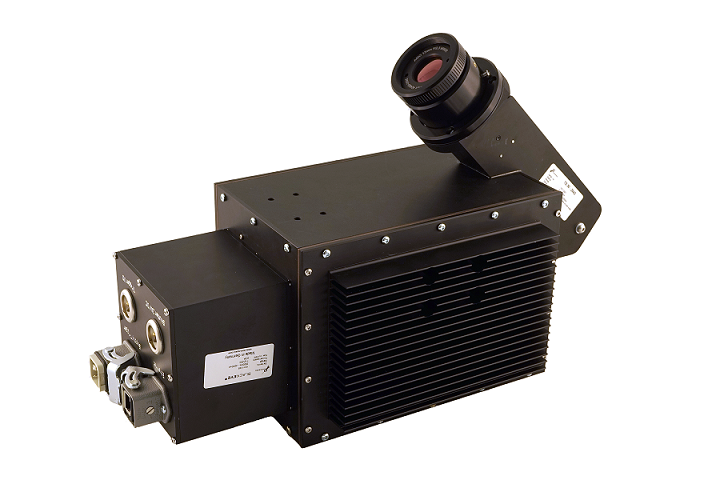 |
MIR Hyperspectral Camera (2900 – 4200 nm)
Wavelength Range 2900 – 4200 nm 320 x 256 Pixel, up to 383 FPS, Spectral Resolution 18 nm
|
|
4-6 Weeks |
Request for quote |
|
RGB/LED lighting - Parameter
Halogen light bar Option - Parameter
MIR light bar 1 m - Parameter
White reference (Spectral on 50x20cm) - Parameter
Speccer Basic - Parameter
NIR Len C-Mount - Parameter
VIS Len C mount - Parameter
UV 35 mm F/2.8 1/2" C-Mount - Parameter
VIS-NIR Len C-Mount - Parameter
MIR Hyperspectral Camera (2900 – 4200 nm) - Parameter
NIR Hyperspectral Camera EXT (1200 to 2200nm) - Parameter
NIR Hyperspectral Camera RGB (950 to 1700nm) - Parameter
NIR Hyperspectral Camera HiRes (950 to 1700nm) - Parameter
NIR Hyperspectral Camera STD (950 to 1700nm) - Parameter
OrangeEye Hyperspectral Camera (580-1000nm) - Parameter
GreenEye Hyperspectral Camera (400-1000nm) - Parameter
BlueEye UV Scientific (220 – 380 nm) - Parameter
BlueEye UV TEC (220 – 380 nm) - Parameter
BlueEye UV STD (220 – 380 nm) - Parameter
RGB/LED lighting - Download
Halogen light bar Option - Download
MIR light bar 1 m - Download
White reference (Spectral on 50x20cm) - Download
NIR Len C-Mount - Download
VIS Len C mount - Download
UV 35 mm F/2.8 1/2" C-Mount - Download
VIS-NIR Len C-Mount - Download
MIR Hyperspectral Camera (2900 – 4200 nm) - Download
NIR Hyperspectral Camera EXT (1200 to 2200nm) - Download
NIR Hyperspectral Camera RGB (950 to 1700nm) - Download
NIR Hyperspectral Camera HiRes (950 to 1700nm) - Download
NIR Hyperspectral Camera STD (950 to 1700nm) - Download
OrangeEye Hyperspectral Camera (580-1000nm) - Download
GreenEye Hyperspectral Camera (400-1000nm) - Download
BlueEye UV Scientific (220 – 380 nm) - Download
BlueEye UV TEC (220 – 380 nm) - Download
BlueEye UV STD (220 – 380 nm) - Download
Accessories
| Compare |
Model |
|
Drawings & Specs |
Availability |
Reference Price
(USD) |
|
|
|
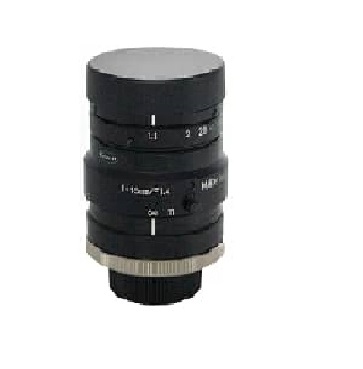 |
VIS-NIR Len C-Mount
VIS-NIR Len Focal Length 16mm, 25mm, 35 mm, 50mm
|
|
In Stock |
Request for quote |
|
|
|
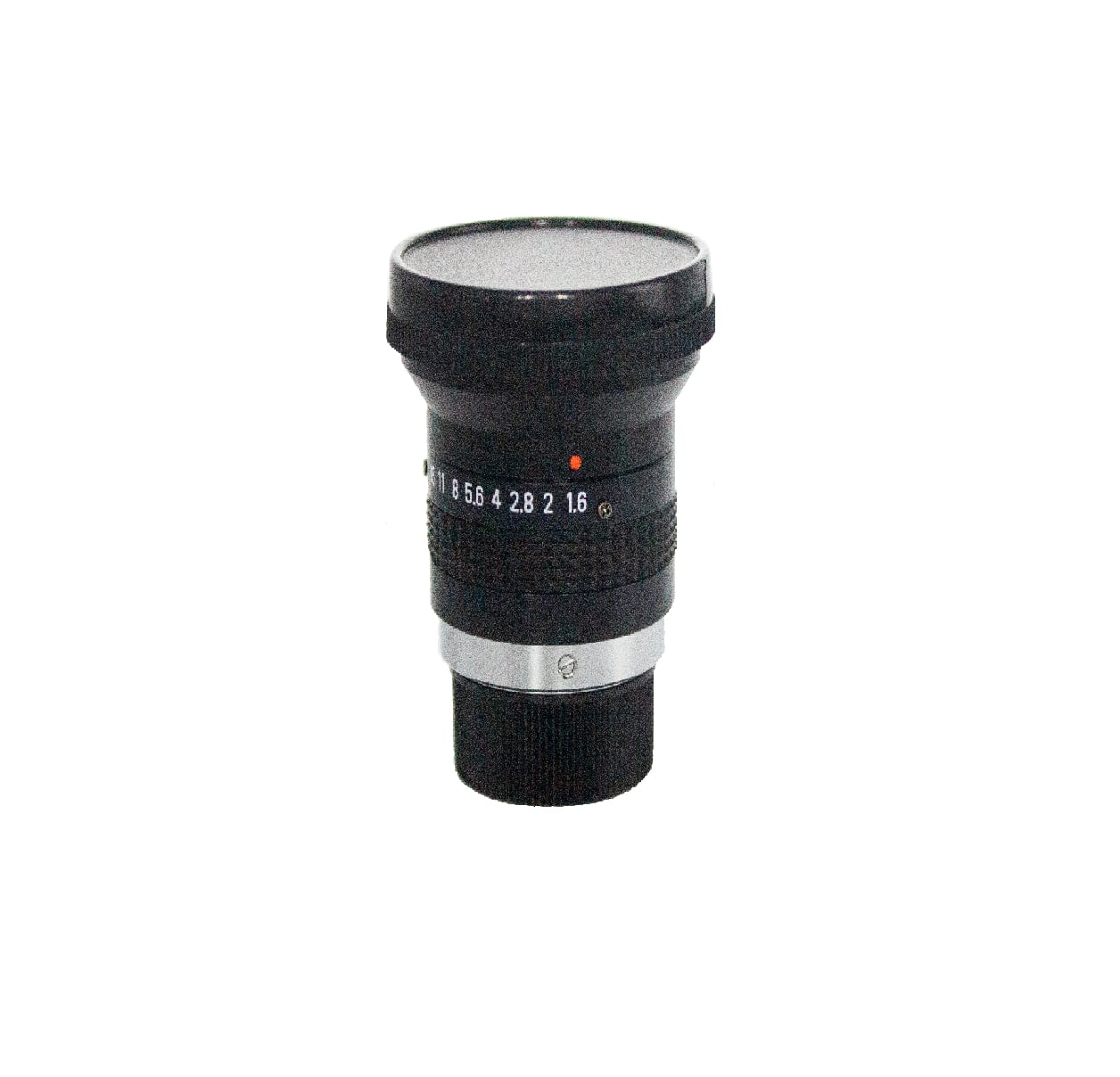 |
UV 35 mm F/2.8 1/2" C-Mount
UV 35 mm F/2.8 1/2" C-Mount
|
|
In Stock |
Request for quote |
|
|
|
 |
VIS Len C mount
VIS Len C mount Focal length option 5 mm & 25mm
|
|
In Stock |
Request for quote |
|
|
|
 |
NIR Len C-Mount
NIR Len C-Mount Focal Length Option 8mm ,12mm, 16mm, 25mm, 35mm, 50mm, 75mm
|
|
In Stock |
Request for quote |
|
|
|
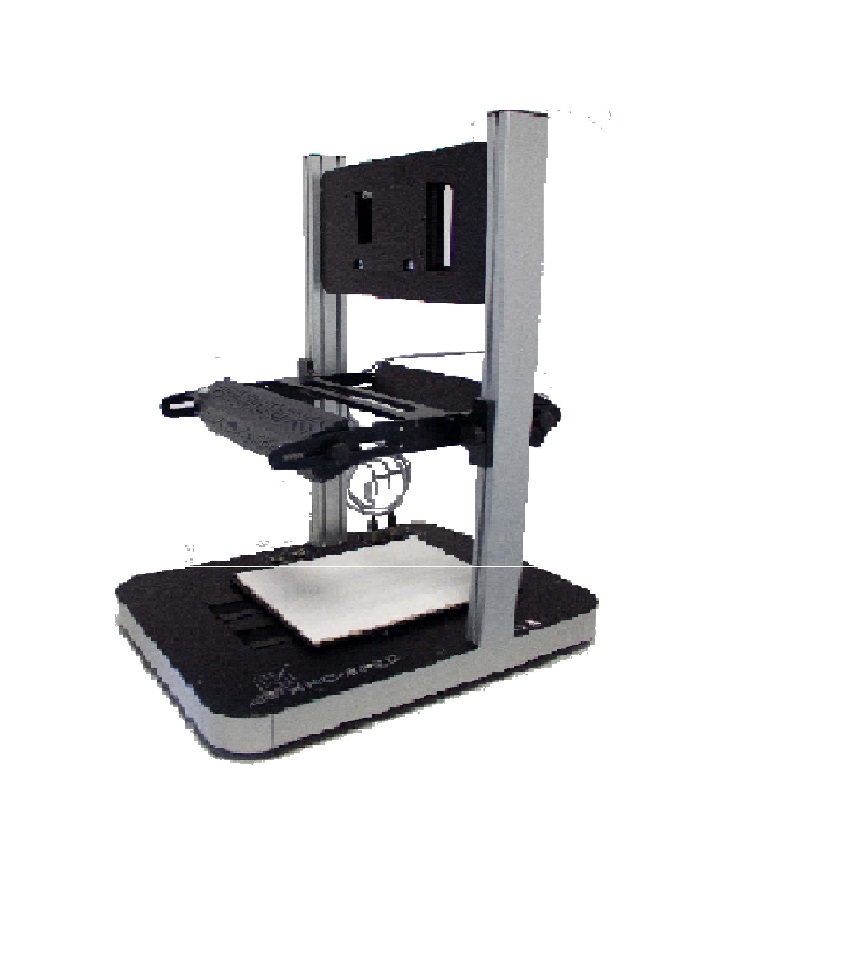 |
Speccer Basic
Speccer Basic
|
|
In Stock |
Request for quote |
|
|
|
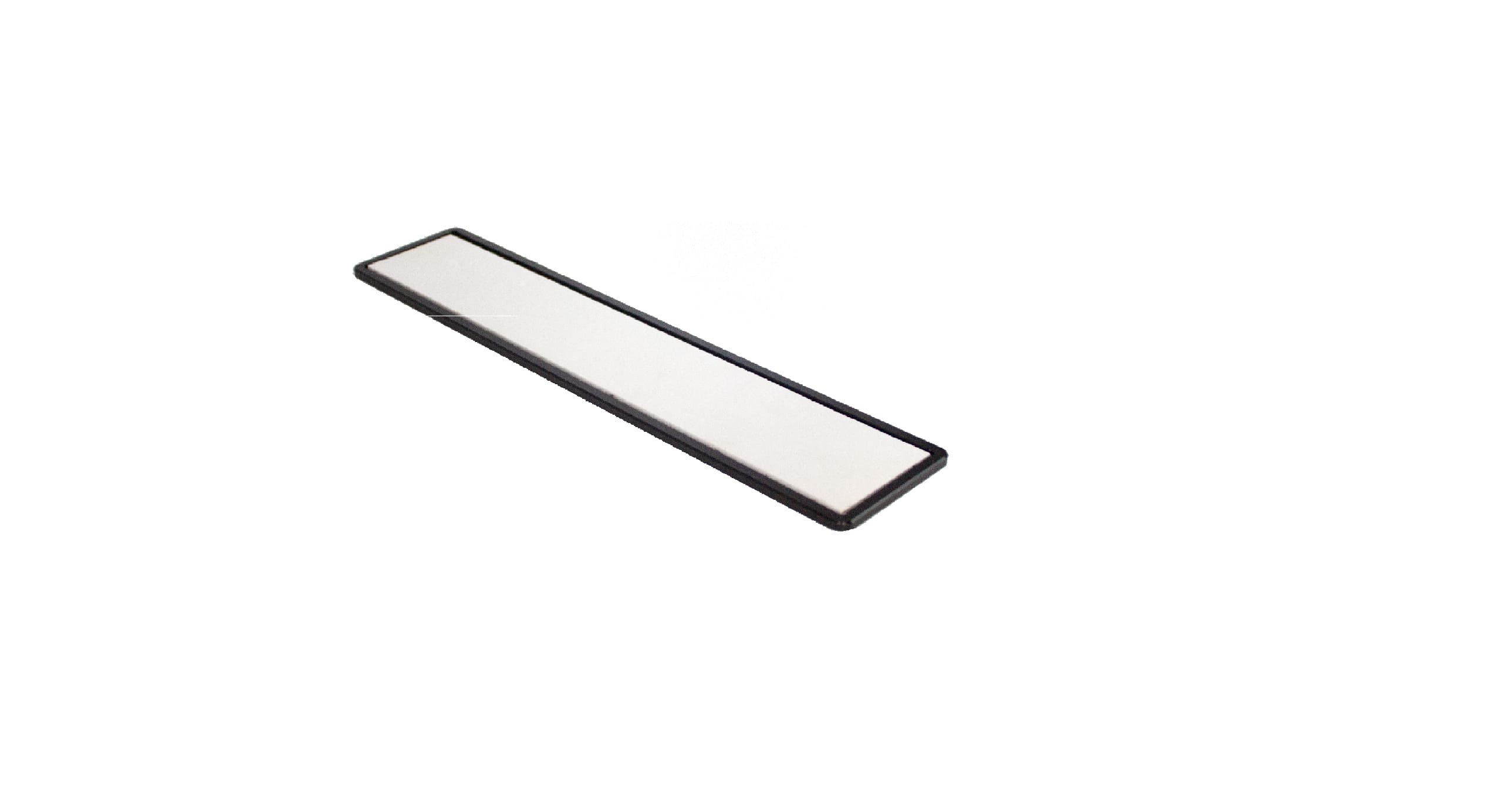 |
White reference (Spectral on 50x20cm)
White reference (Spectral on 50x20cm)
|
|
In Stock |
Request for quote |
|
|
|
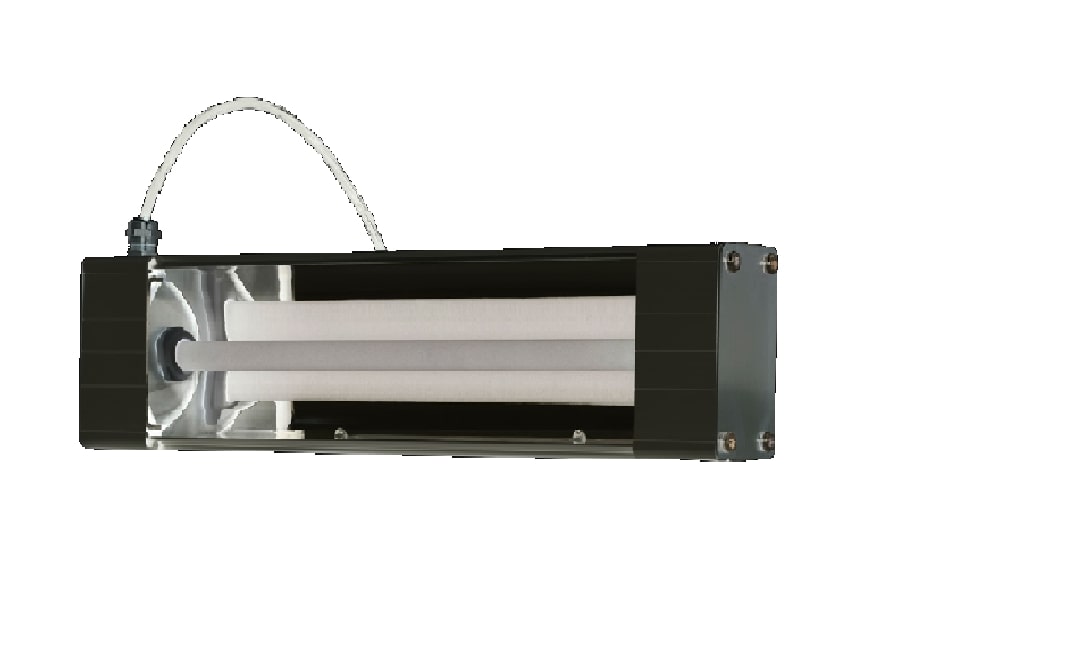 |
MIR light bar 1 m
Different dimensions available
|
|
In Stock |
Request for quote |
|
|
|
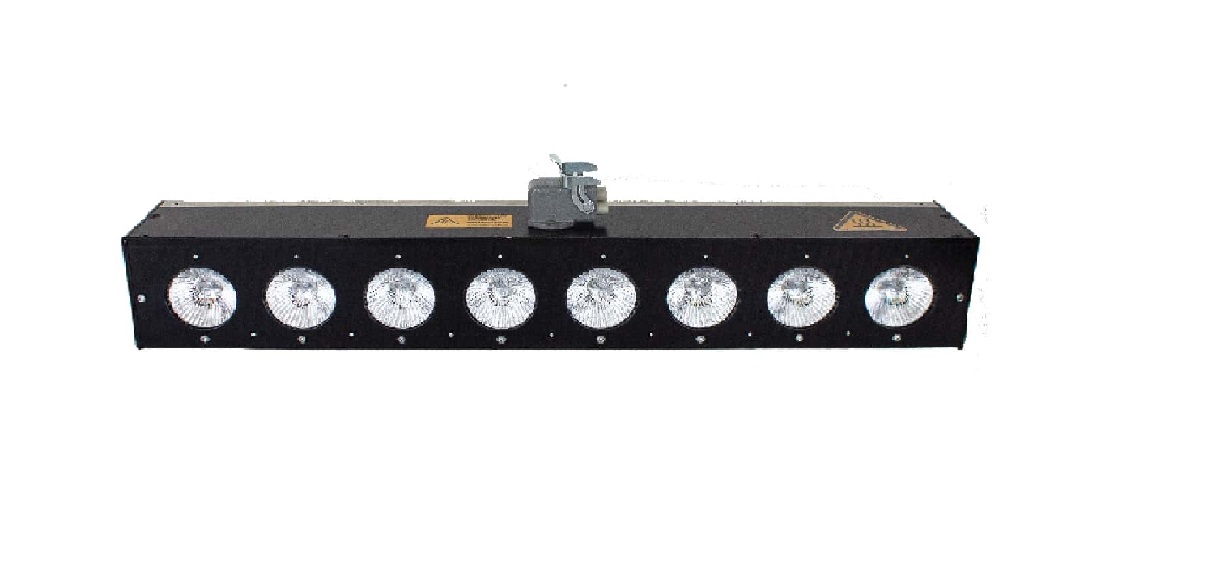 |
Halogen light bar Option
Halogen light bar Length option 0.5m, 1m ,1.5m or 2m
|
|
In Stock |
Request for quote |
|
|
|
.jpg) |
RGB/LED lighting
Flash sequence 2
|
|
In Stock |
Request for quote |
|